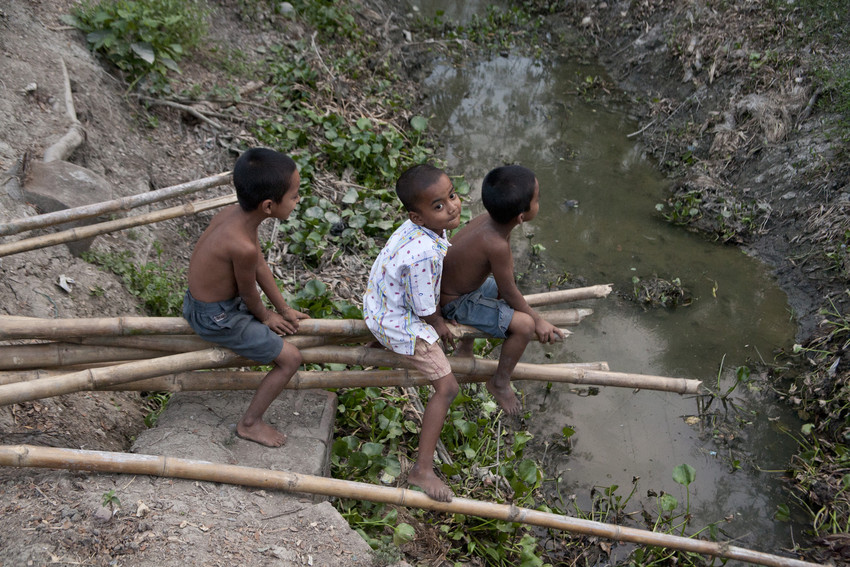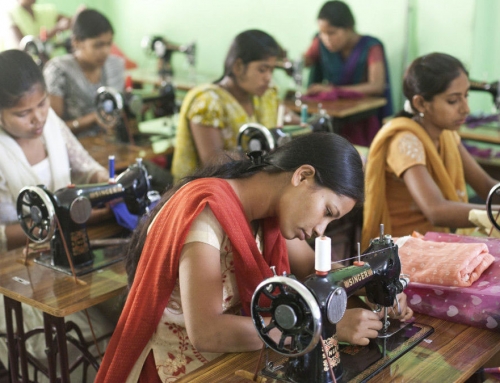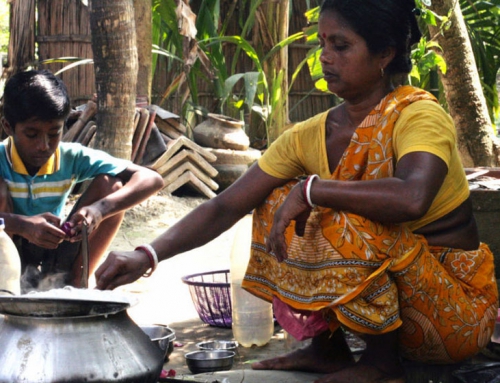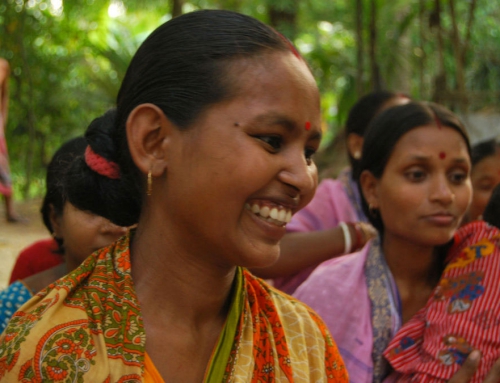Project Description
This project intends to provide an effective and efficient response to problems that hinder local development in India and Bangladesh, in the geographical area called the Sundarbans, the largest mangrove forest in the world.
One of the most serious issues in these areas is the food insecurity caused by the water-logging and salinity of the land. These factors are the main reason for poor agricultural production, which prevents beneficiaries from having agricultural surpluses not only to be sold on the local market, but also to meet the family’s food needs.
As far as water management is concerned, the project fights against water-logging and stagnation and its contamination from salt water, in order to increase agricultural production. This can be achieved by reducing the time frame of water stagnation of agricultural land, improving soil quality and increasing the availability of fresh water.
Targeted courses and training for farmers
In order to support these activities, the project promotes targeted training for beneficiary farmers on more-effective agricultural practices and the use of seeds for resilient crops.
Another complementary section of the project focuses on creating alternative livelihoods where agriculture cannot be implemented due to structural limitations the project cannot deal with —e.g. land ownership, lack of infrastructures such as roads and large irrigation systems, climate change, etc.
The project promotes the launch of community-based financial services. An example is the intra-community credit activated by women’s self-help groups to support micro-businesses, which are key to ensure other sources of income as an alternative to agriculture. For this purpose, the project fosters breeding as the main alternative source of income.
Finally, another interdisciplinary component of the project —related to both the production and access to food and to alternative livelihoods— deals with environmental issues, climate change and protection of the territory. This is pursued by raising awareness regarding related risks and promoting activities to increase resilience of the territories and people, which is fundamental in an area that is among the most vulnerable ones in the world.




